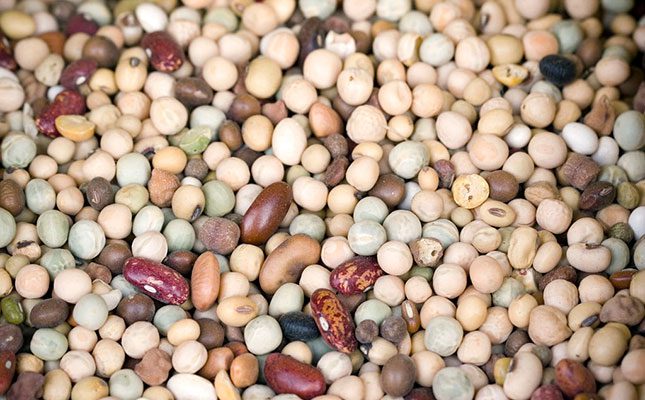
Pulses include dry beans, dry broad beans, dry peas, chickpeas, dry cow peas, pigeon peas, lentils, bambara beans, vetches and lupins. While legumes are foods enclosed in a pod, pulses are only a subgroup of the legume family that is used in its dried seed form.
“Pulses have the the potential to transform our agrifood systems,” said Yasmina Bouziane, director of communications at the Food and Agriculture Organization (FAO) of the UN.
“Pulses make essential nutrients available to soils by mobilising nutrients, which contribute to growing healthy and nutritious foods.”
Pulses get over 60% of their nitrogen from the air. This nitrogen is then fed into the soil and allows these legumes to share the nitrogen with nearby crops, essentially reducing the need for chemical fertilisers.
Phosphorus is another much needed but often lacking nutrient in soils, crucial for converting the sun’s energy and helping plants grow. However, phosphorus is often only present in small amounts, and even then may be in chemically unavailable forms. As a result, farmers add mineral fertilisers to offset this loss.
This is where pulses play a major role as they have a natural capacity to mobilise phosphorus and other essential nutrients and micronutrients in soil, which can contribute to healthier and larger crop yields.
With the array of benefits that pulses provide to the soil, the FAO advocates for planting pulses in rotation with staple crops to enrich soils and help yield more nutritious food. Bouziane stated that Africa in particular could benefit from greater pulse implementation since they are better suited to arid climates and could increase the chances for success of other staple crops.
“Pulses are nutrient dense and play an important role in decreasing malnutrition and hidden hunger where people lack crucial nutrients like calcium, iron and vitamins B, E and K,” she said.
Pulses are furthermore an affordable solution to malnutrition. The Bureau for Food and Agriculture Policy (BFAP) notes that a single serving unit of dried beans, soya mince or canned baked beans costs as little as R1,69 to R3,63, representing some of the most affordable protein-rich food options in South Africa – up to 80% less expensive than a portion of individually quick frozen chicken.
Growth in pulse production is growing in Southern Africa. BFAP’s research shows that growth in mixed bean consumption is faster than that of staple products like maize and rice.
“While this gain is from a substantially lower base than is the case for staples, it is indicative of greater inclusion of protein in the region’s predominantly staple-based diets,” said Dr Kandas Cloete, senior analyst at BFAP.
She added that growth in mixed bean production was expected to be above 20% for the next five years in Kenya, Zambia, Malawi, Kenya, Tanzania, Rwanda, Uganda and South Africa











